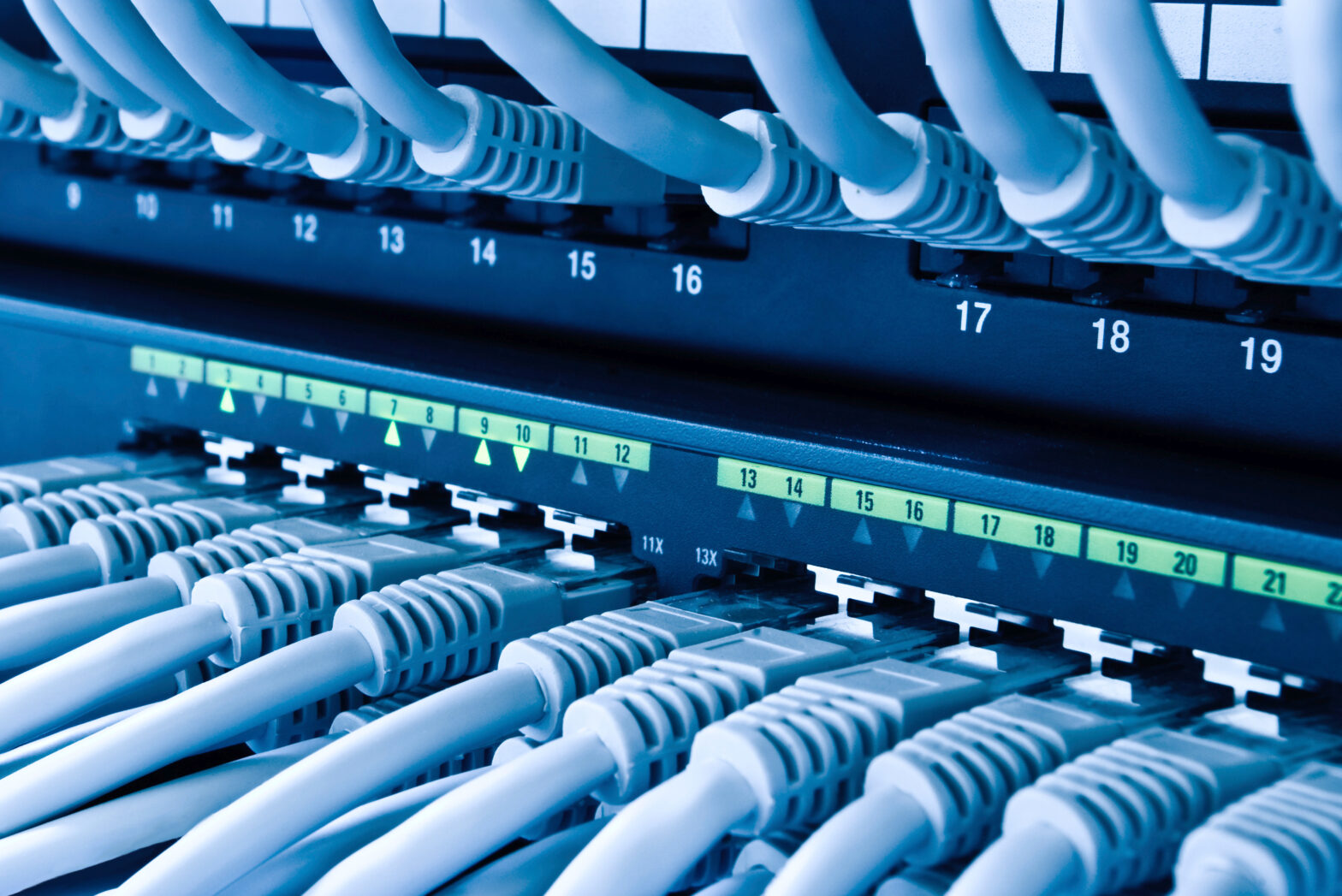The sheer scale and impact of the WannaCry ransomware worm attack that infected more than 300,000 computers worldwide and disrupted operations at hospitals, banks and schools across the globe is still fresh in people’s minds.
Organisations targeted included the NHS, Nissan and Telefonica. It was reported that 47 NHS trusts experienced major problems at hospitals and 13 NHS organisations in Scotland were affected. Up to 70,000 devices – including computers, MRI scanners, blood-storage refrigerators and theatre equipment – were compromised which caused huge disruption to services across the UK. Non-critical emergencies were turned away, scheduled operations cancelled and ambulances were diverted. The entire NHS IT system was put on lockdown to prevent further attacks, which caused further disarray and delays.
>See also: Virtualisation heads for the hardware
Targeting the Microsoft Windows operating system, encrypting data and demanding ransom payments in the cryptocurrency bitcoin, the main reason why this kind of attack could wreak such havoc was actually pretty basic – it was largely due to outdated IT software most likely running on older, aging equipment. Those machines that were not up-to-date with Microsoft’s latest security patch updates were targeted and massively at risk.
The golden rule here is the importance of upgrading software as soon as the relevant updates and patches are available. Although this may seem simple, experts know that some machines are so old that it is very hard to carry out a proper operating system (OS) update. Given this, it’s understandable why the IT person/head of department feels that they have to buy brand new to ensure their hardware is as secure as it can be.
Add to this, the pressure of tighter budgets and smaller amounts of cash to consistently renew and upgrade IT infrastructure, it’s no wonder the provision of up-to-date, quality infrastructure that doesn’t cost the earth seems too good to be true.
However, many businesses and individuals really are missing a trick as they don’t realise that staying up-to-date with high quality hardware that carries the latest software and security measures doesn’t have to break the bank.
Upgrading IT infrastructure can be easily and competently done by using refurbished hardware that it just as high quality, and easy to secure, as brand-new equipment but without the price tag.
>See also: The skills gap and the future of hardware technicians
Many organisations across sectors including education, healthcare and commercial, can upgrade their IT estate, save money, and also ensure that the refurbished machines they’re purchasing are able to complete crucial security updates as and when necessary.
Aneurin Bevan University Health Board, for example, recently upgraded their IT systems with refurbished hardware, saving over £160,000 in the process. Interestingly, the NHS Wales was not hit by the latest high profile cyber-attack. Schools and colleges can also save thousands of pounds through buying reconditioned hardware, redirecting the money saved to other much needed resources.
With refurbished hardware, warranties are supplied just as they are when buying brand new from the vendor. It is also rigorously tested and quality checked. By choosing to buy reconditioned hardware, businesses will also pay up to 80% less.
There is a buoyant market in refurbished equipment but, like everything, care must be taken to ensure that the hardware purchased comes from a legitimate source, and has the appropriate warranties and after sales services that your business will need.
>See also: When two vendors are better than one – Gartner
Buying from a recognised supplier will give a business the security it needs to purchase the equipment an organisation requires, and also peace of mind in case something does go wrong or a business needs further help or assistance. Critically, the IT provider should be able to advise on how to keep costs down and suggest appropriate improvements to aide efficiency so that hardware is continually improved and updated.
Looking at the refurbished market, businesses will find reconditioned systems with great, reliable names behind them such as Dell, Apple, Lenovo and HP. Choosing hardware from these kinds of brands means if something goes wrong, you can usually find a like-for-like replacement and they also always come with long-term warranties.
If a business does its research, updating the IT estate without compromising on quality, or security, yet driving down costs can be done and undoubtedly provides a real, effective alternative to the unsustainable expense of buying straight from the big-name vendors.
Sourced by Bill Champness, managing director, Hardware Associates
The UK’s largest conference for tech leadership, TechLeaders Summit, returns on 14 September with 40+ top execs signed up to speak about the challenges and opportunities surrounding the most disruptive innovations facing the enterprise today. Secure your place at this prestigious summit by registering here







